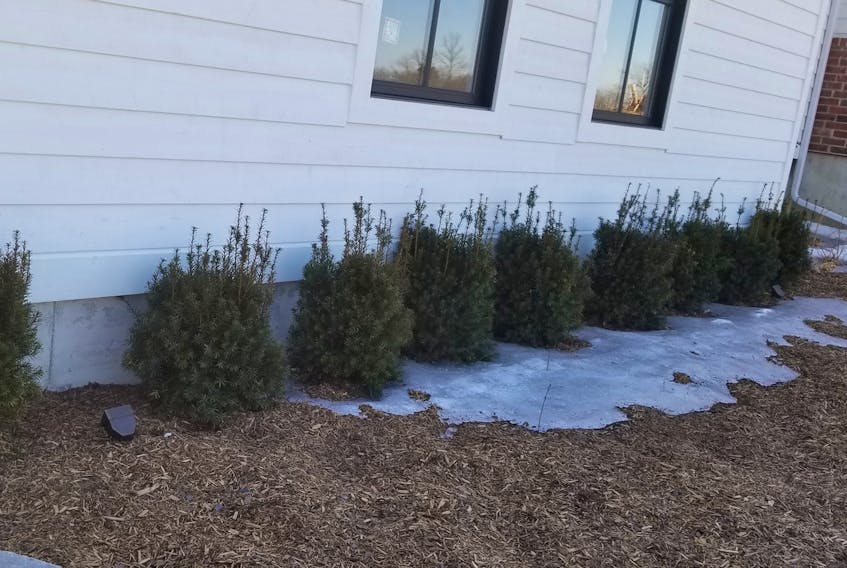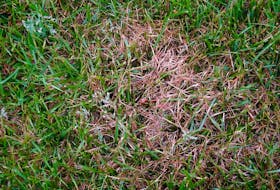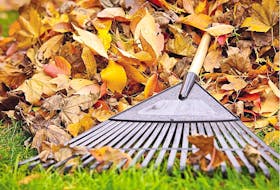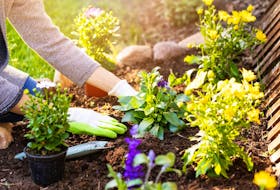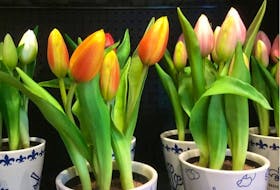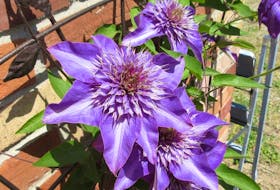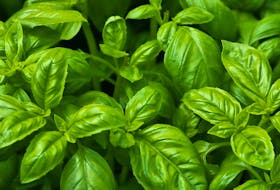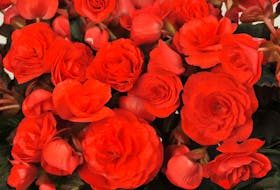There is something satisfying about a big green healthy hedge ... especially if the hedge makes a perfect privacy screen between you and your neighbours. The challenge I have with most hedges is that we make the same mistakes with them.
Here are three of the most common problems homeowners have when planting hedges.
Wrong place for a tree
Too often we forget about how our evergreen trees actually grow. Almost all of the conifers used for hedges are wider at the bottom than they are at the top. When we place these on our property lines or against the fence, we tend to plant them too tight to the structure. I always tell diyers and landscapers to plant the root ball of each tree at least three feet away from where you want them to eventually grow to. This allows the trees space to properly grow without causing an issue later on like overcrowding or growing into the neighbour’s yard.
Up against the house never works
My neighbours decided to plant a row of yews alongside the bottom of their home. I asked them why and they said they wanted a green band along the bottom to break up the white of the siding. Seems like a great idea, however this hedge has nowhere to grow.
These poor trees have two strikes against them — first, the trees are underneath the eaves of the house, which means that they will never get much rain naturally. Second, this house faces west, so all of that great afternoon sun will reflect off the white siding to the back of the trees ... roasting them.
To avoid this problem, my neighbours should have planted their hedge at least three feet away from the wall of the house. Personally, I would add a two-foot band of gravel between the trees and the house to allow for lots of access to wash windows and siding each spring.
Wrong tree for a hedge
We love our cedars! At this time of year, they come in by the truckload. Cedars aren’t always the best tree for a hedge. In fact, I rarely use them any more. I’ve moved to using yews, specifically Hicks yews. I am a big fan of this evergreen because it has a narrower growing habit and does better in a shady situation. They might be a bigger initial investment, but yew trees are easier to look after, require less pruning and can handle more challenging growing conditions than cedars, which tend to go brown in the middle and on the lower branches when they are stressed.
The good news, a well cared for hedge actually increases the value of your home. According to online sources, a good privacy hedge that is healthy and green can increase your home’s value by up to 4.5 per cent. So, in the Halifax area, that means a good hedge can be worth up to 14,000.

